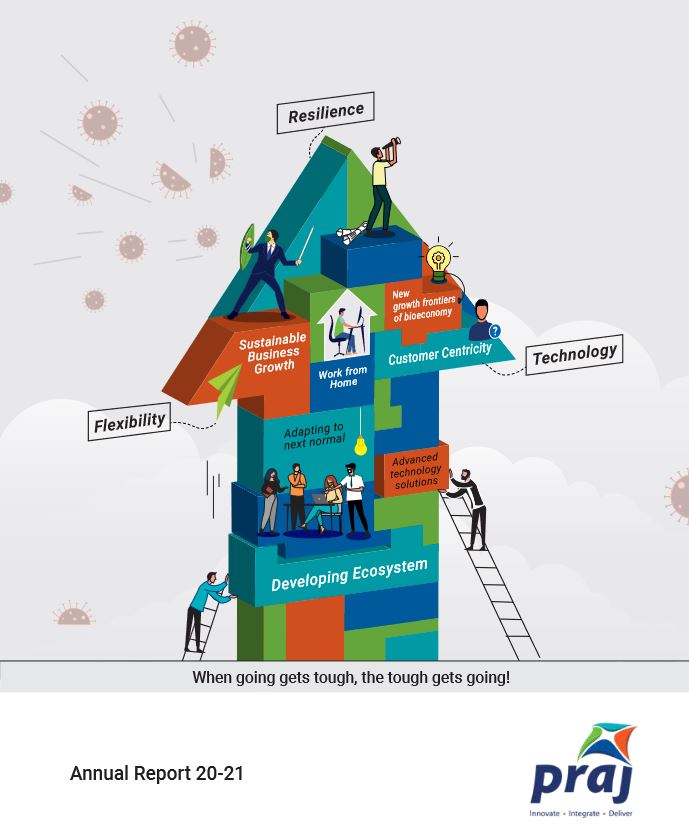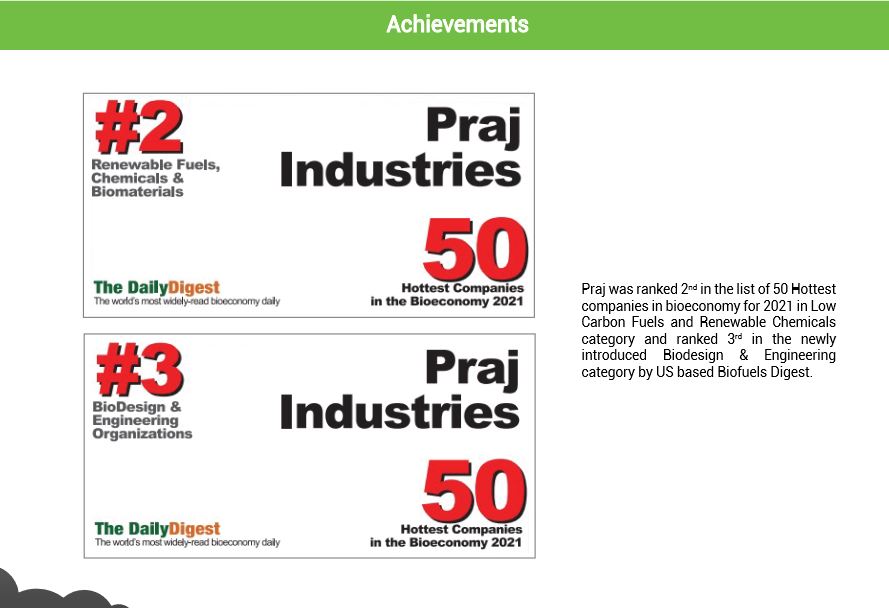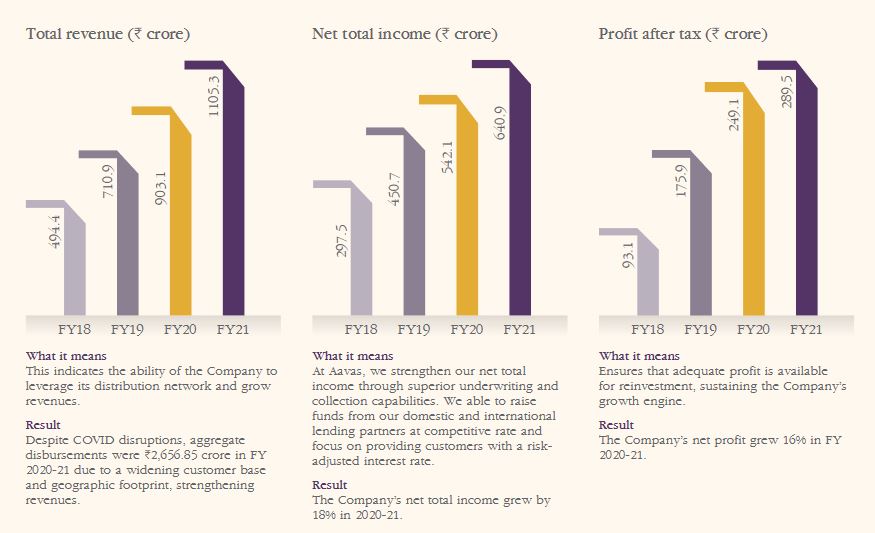
Sapiens: A Brief History of Humankind
By Yuval Noah Harari
Review of Chapter 16: The Capitalist Creed
"How credit was born and how we started trusting the future"
Fasten your seatbelts for this enjoyable ride on a weekend.
Retweet to share and learn together🙂🙏
By Yuval Noah Harari
Review of Chapter 16: The Capitalist Creed
"How credit was born and how we started trusting the future"
Fasten your seatbelts for this enjoyable ride on a weekend.
Retweet to share and learn together🙂🙏
Sapiens is a marathon.
Harari starts from around 13.5 billion years before the present time & then tirelessly moves towards the present time & even beyond.
As kids, many of us found history very boring. A couple of videos about the book on YouTube will change your mind.
Harari starts from around 13.5 billion years before the present time & then tirelessly moves towards the present time & even beyond.
As kids, many of us found history very boring. A couple of videos about the book on YouTube will change your mind.
A slow and thoughtful reading of the book can help anyone learn a lot about the evolution of mankind.
However, in this thread, we will focus on only the 16th Chapter:
The Capitalist Creed: How credit was born and how we started trusting the future
However, in this thread, we will focus on only the 16th Chapter:
The Capitalist Creed: How credit was born and how we started trusting the future
“To understand modern economic history, u really need to understand just 1 word. The word is growth. For better or worse in sickness & in health, the modern economy has been growing like a hormone-soused teenager. It eats up everything & puts on inches faster than u can count.”
Growth is not a new concept. It was understood even in the pre-modern era. But as we move further we will discover how the pre-modern era remained a frozen economy for many years. Not because they did not have the ability to grow. It was a psychological problem.
Entrepreneur’s Dilemma (The Pre-Modern Era)
We believed that the total amount of wealth was limited. So, we considered it risky to assume that we personally, or our Kingdom or the entire world would be producing more wealth ten years down the line.
We believed that the total amount of wealth was limited. So, we considered it risky to assume that we personally, or our Kingdom or the entire world would be producing more wealth ten years down the line.

There was no money. So when u don’t have the money u can’t pay the contractor to build a Bakery. As it is not possible to construct a bakery, the cakes will never be produced. Since the cakes can’t be produced, there can’t be any trade & hence no profits & eventually no growth.
A simple idea in the modern economy solved this problem.
Growth came and came at such a swift pace that nobody could have envisaged.
Growth came and came at such a swift pace that nobody could have envisaged.
“Humankind was trapped in this predicament for thousands of years. As a result, economies remained frozen. The way out of the trap was discovered only in the modern era, with the appearance of a new system based on trust in the future...
In it, people agreed to represent imaginary goods- goods that do not exist in the present at the expense of the future. It’s founded on the assumption that our future resources are sure to be far more abundant than our present resources....
A host of new and wonderful opportunities open up if we can build things in the present using future incomes.“
Doesn’t it sound similar to how today's VCs keep funding e-commerce start-ups where things are built in the present using future incomes?
So they are also doing the same thing of having trust in the future that some of these start-ups would grow and eventually be profitable.
So they are also doing the same thing of having trust in the future that some of these start-ups would grow and eventually be profitable.
People like us keep raising our eyebrows as to how these start-ups get funds when their profits seem so far away.
People in the pre-modern era went through the same dilemma which we are going through today.
People in the pre-modern era went through the same dilemma which we are going through today.
Here’s another example.
A vacation ownership company promises you a week of holiday for the next 25 years. One thinks how the company will expand its count of resorts & rooms so as to cater to so many members which keep on increasing every year, albeit slowly.
A vacation ownership company promises you a week of holiday for the next 25 years. One thinks how the company will expand its count of resorts & rooms so as to cater to so many members which keep on increasing every year, albeit slowly.
It is also building things in the present using future incomes. You can call it credit or leverage. Since the customer pays them the full amount in advance, they use it to build the present in order to grow and benefit all the stakeholders in the future.
A lot of other things need to go right for this business to flourish. But the point is that this is another strong evidence of building the present using future incomes because you trust the future will work out.
WB, in his 1995 letter to shareholders, makes the same point in a different way:
“Any company’s level of profitability is determined by three items:
i.What its asset earns
ii.What its liabilities cost
iii.Its utilization of “leverage”-
“Any company’s level of profitability is determined by three items:
i.What its asset earns
ii.What its liabilities cost
iii.Its utilization of “leverage”-
...That is the degree to which its asset is funded by liabilities rather than by equity. Over the years, we have done well on Point (i), having produced high returns on our assets...
...But we have also benefitted greatly-to a degree that is not generally well-understood-because our liabilities have cost us very little. An important reason for this low cost is that we have obtained float on very advantageous terms....
This cannot be said by others, who may generate plenty of float, but at a cost that exceeds what the funds are worth to them. In those circumstances, leverage becomes a disadvantage. As our float has cost us virtually nothing over the years, it has in effect served as equity."
Now coming back to our point, we get to know that this wonderful arrangement of credit basically changes the Entrepreneur’s Dilemma into:
A Magic Circle of Modern Economy
A Magic Circle of Modern Economy

The mantra of the New Capitalist Creed: “The Profits of production must be reinvested in increasing production”
After the advantages of credit, the author moves further to establish how imp growth is & how the belief in the growing global pie eventually turned revolutionary.
After the advantages of credit, the author moves further to establish how imp growth is & how the belief in the growing global pie eventually turned revolutionary.
In his classic book, The Wealth of Nations, Adam Smith made an argument, “When a landlord, a weaver, or a shoemaker has greater profits than he needs to maintain his own family, he uses the surplus to employ more assistants, in order to further increase his profits...
The more profits he has, the more assistants he can employ. It follows that an increase in profits of private entrepreneurs is the basis for the increase in collective wealth and prosperity.”
Does that ring any bells?
Well, it reminds us of two things.
Does that ring any bells?
Well, it reminds us of two things.
First:
“Leaving the question of price aside, the best business to own is one that over an extended period can employ large amounts of incremental capital at very high rates of return.” WB, 1992 letter
“Leaving the question of price aside, the best business to own is one that over an extended period can employ large amounts of incremental capital at very high rates of return.” WB, 1992 letter
Second:
All long term investors will agree with Adam Smith that increase in profits of entrepreneurs is the basis for increase in collective wealth & prosperity as we take cues from the earnings of cos if the economy or market is becoming wealthier and prosperous or not.
All long term investors will agree with Adam Smith that increase in profits of entrepreneurs is the basis for increase in collective wealth & prosperity as we take cues from the earnings of cos if the economy or market is becoming wealthier and prosperous or not.
Columbus eventually found an Investor for his start-up:
If we read history in the way the author wants us to read, we will find an interesting analogy between Christopher Columbus of that time and the hi-tech start-ups of today.
If we read history in the way the author wants us to read, we will find an interesting analogy between Christopher Columbus of that time and the hi-tech start-ups of today.
Columbus kept pitching his novel idea to potential investors in Italy, France and Portugal. His idea got rejected everywhere but like any modern start-up he didn’t lose heart and kept on pitching till Spain finally agreed to become the VC putting huge some on his novel idea.
The idea of discovering a place no one knew of, i.e., America. So what made the rulers of Spain invest in Columbus? They trusted in the future. But it was by good luck that he succeeded as many similar expeditions in those times failed miserably as many start-ups fail today.
But what happened with the success of the idea? The trust in the future increased many-fold. It is being told that as with Columbus’ help Spaniards conquered America, even a hundred years later princes and bankers were willing to extend far more credit to Columbus’ successors.
Credit Rating Vs Natural Resources: Which is Mightier?
With the glorifying successes that credit achieved for so many years, today a country’s credit rating is far more important to its economic well-being than are its natural resources.
With the glorifying successes that credit achieved for so many years, today a country’s credit rating is far more important to its economic well-being than are its natural resources.
If a country is blessed with rich natural resources like oil but has corrupt govt & judicial systems, it will in all probability get a lower credit rating. Hence, it will not be able to raise enough capital to utilize its natural resources for public well-being.
On the other- hand, if a country devoid of any rich natural resource, but enjoys peace, a fair judicial system & a free govt is likely to receive a higher credit rating.
This country can raise enough cheap capital to support a good education system & build HR to make a flourishing high-tech industry.
Recap
~The pre-modern era of no credit
~Entrepreneur’s Dilemma
~The magic circle of the Modern economy
~Adam Smith and the Capitalist Creed
~Columbus finding an investor to fund his project
~The imp of credit and credit rating in today’s world.
~The pre-modern era of no credit
~Entrepreneur’s Dilemma
~The magic circle of the Modern economy
~Adam Smith and the Capitalist Creed
~Columbus finding an investor to fund his project
~The imp of credit and credit rating in today’s world.
So, the natural extension of all this should be a proposal of an extremely free market devoid of any political or bureaucratic intervention. But then it pays to ponder upon the dichotomy of free markets as been reflected in this wonderful argument made by the author:
“The most enthusiastic advocates of free-market criticize military adventures abroad with as much zeal as welfare programs at home. They offer governments the same advice that Zen masters offer initiates: just do nothing....
But in its extreme form, belief in the free market is as naive as belief in Santa Claus. There simply is no such thing as a market free of all political bias. The most imp economic resource is trust in the future & this resource is constantly threatened by thieves & charlatans..
Markets by themselves offer no protection against fraud, theft, and violence. It is the job of the of political systems to ensure trust by legislating sanctions against cheats and to establish and support police forces, courts, and jails which will enforce the law.”
Now we understand why even in a free economy we are not free to do any damn thing just because it comes to our mind. We must follow the law. This is the reason we have the RBI, SEBI, government, parliament, and the Supreme Court.
In the end, we would want to sign off with two conflicting arguments which the author makes in this chapter of The Capitalist Creed.
At one instance he says:
“Over the last 500 years, the idea of progress convinced people to put more and more trust in the future...
At one instance he says:
“Over the last 500 years, the idea of progress convinced people to put more and more trust in the future...
This trust created credit; credit brought real economic growth; and growth strengthened the trust in the future and opened the way for even more credit. It didn’t happen overnight- the economy behaved more like a roller coaster than a balloon...
But over the long run, with the bumps evened out, the general direction was unmistakable. Today, there is so much credit in the world that govts, business corporations and private individuals easily obtain large, long-term and low-interest loans that far exceed current income.”
And then he ends this chap with an opposite view:
“Yet can the economic pie grow indefinitely? Every pie requires RMs and energy. Prophets of doom warn that sooner or later Homo sapiens will exhaust the raw materials and energy of planet Earth. And what will happen then?”
“Yet can the economic pie grow indefinitely? Every pie requires RMs and energy. Prophets of doom warn that sooner or later Homo sapiens will exhaust the raw materials and energy of planet Earth. And what will happen then?”
So?
What do you think?
Which of the two views looks more believable?
All we know is that we don’t know.
If you know, please share in the comments section.
And if you don’t, we would recommend a slow and thorough reading of the book.
What do you think?
Which of the two views looks more believable?
All we know is that we don’t know.
If you know, please share in the comments section.
And if you don’t, we would recommend a slow and thorough reading of the book.
In fact, one reading is too little to digest the book and its contents so go for multiple readings for best results.
And if you liked this thread, don't hesitate to go back to the first tweet.
And then Retweet it.🙂
We have put a lot of effort into bringing it together.🙏
And if you liked this thread, don't hesitate to go back to the first tweet.
And then Retweet it.🙂
We have put a lot of effort into bringing it together.🙏
• • •
Missing some Tweet in this thread? You can try to
force a refresh




















